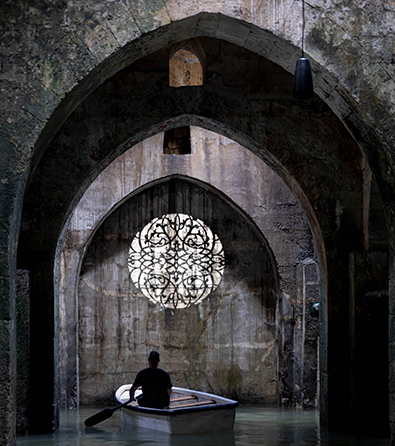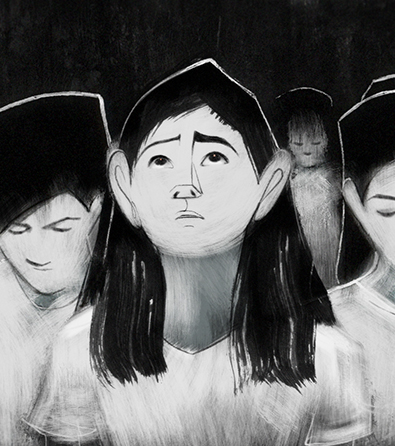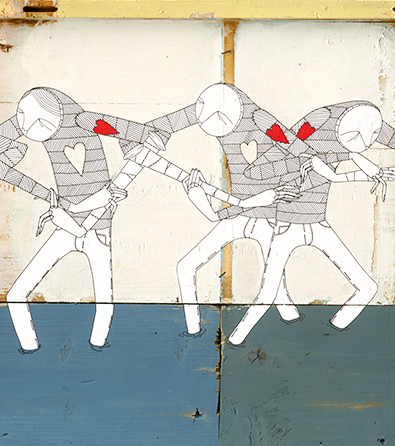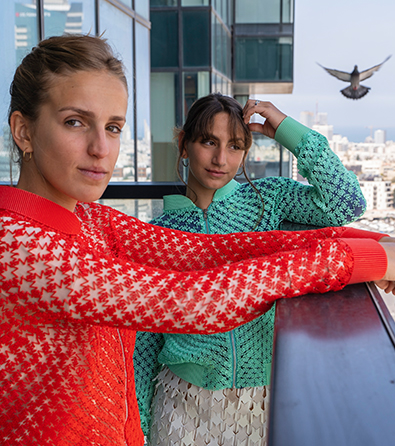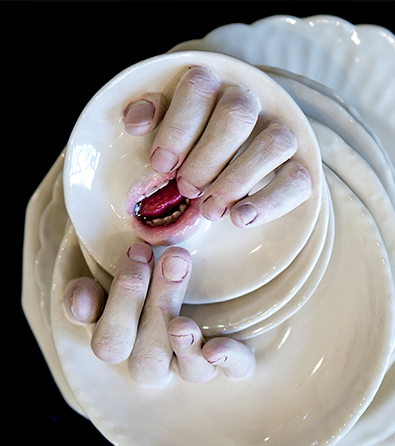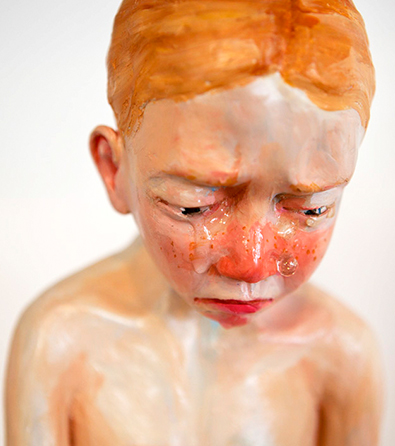Watch the short documentary Not this Light, the Other Light (9 minutes), featuring Roni Taharlev’s artwork, at the top of the page.
* To watch this film, please approve YouTube/Vimeo cookies via the blue cookie icon at the bottom left of the screen.
Roni Taharlev is a figurative painter, renowned for her unique and cohesive artistic expression, deeply rooted in an ongoing exploration of the female form. With a career spanning over three decades, her work delves into the intricate themes of body and gender. Taharlev’s figurative paintings resonate with art history and engage thoughtfully with contemporary social issues, weaving together narratives around cultural norms, identity, gender, age, and sexuality.
The video featured at the top of the page, created by Yoav Bezaleli, offers a glimpse into Taharlev’s solo exhibition Not this Light, the Other Light at the Tel Aviv Museum of Art. This exhibition, following her receipt of the 2022 Haim Shiff Prize for Figurative-Realist Art, is curated by Galit Landau Epstein. It includes a selection of Taharlev’s portraits from over the years, as well as a new series focusing on mature women. In the exhibition, Taharlev offers contemporary interpretations of Christian Annunciation scenes and the Nativity of Jesus, exploring various gender possibilities. For instance, one painting depicts the birth of Jesus with the mother in a black bra and white stockings, seated and gripping a chair, her body poised for childbirth. An angel, portrayed as a woman in a dress with wings, gently leans toward the expectant mother, extending a hand to her belly. Taharlev’s approach to portraying the birthing woman’s body, with the flaws society attributes to it, adds a layer of authenticity. The depiction of childbirth as a moment of strength, intimacy, and compassion between women offers a fresh, contemporary take on a traditional scene.
In Taharlev’s art, the mature female form is depicted with a sense of wholeness, strength, and a roundedness that symbolizes the accumulation of life’s narratives. These realistically portrayed, aging figures, unapologetic in their existence, foster a deep emotional connection and intrigue, inviting viewers to delve into the stories behind each painting. Taharlev skillfully weaves mystery and ambiguity into her work, encouraging viewers to engage with the art through the lens of their personal experiences and interpretations. A notable example is her portrait series of Harry, a young British student she encountered in Paris. In these paintings, Harry’s defiant gaze challenges the viewer, embodying a deliberate blurring of gender lines. This artistic choice provocatively questions and confronts traditional social norms of gender representation, urging a reevaluation of how we perceive masculine and feminine portrayals.
Taharlev’s paintings offer a distinctively feminine viewpoint, portraying women as resilient figures who embrace life’s challenges and complexities. These women, unashamed of their aging bodies, do not conform to society’s pressures to please. In a time where social media often objectifies and filters the perception of women, Taharlev’s work is a vital contribution to feminist discourse. It empowers the younger generation to recognize and celebrate the inherent strength and beauty in the natural signs of aging – the wrinkles, graying hair, and evolving bodies – each a testament to their rich life experiences and stories.

